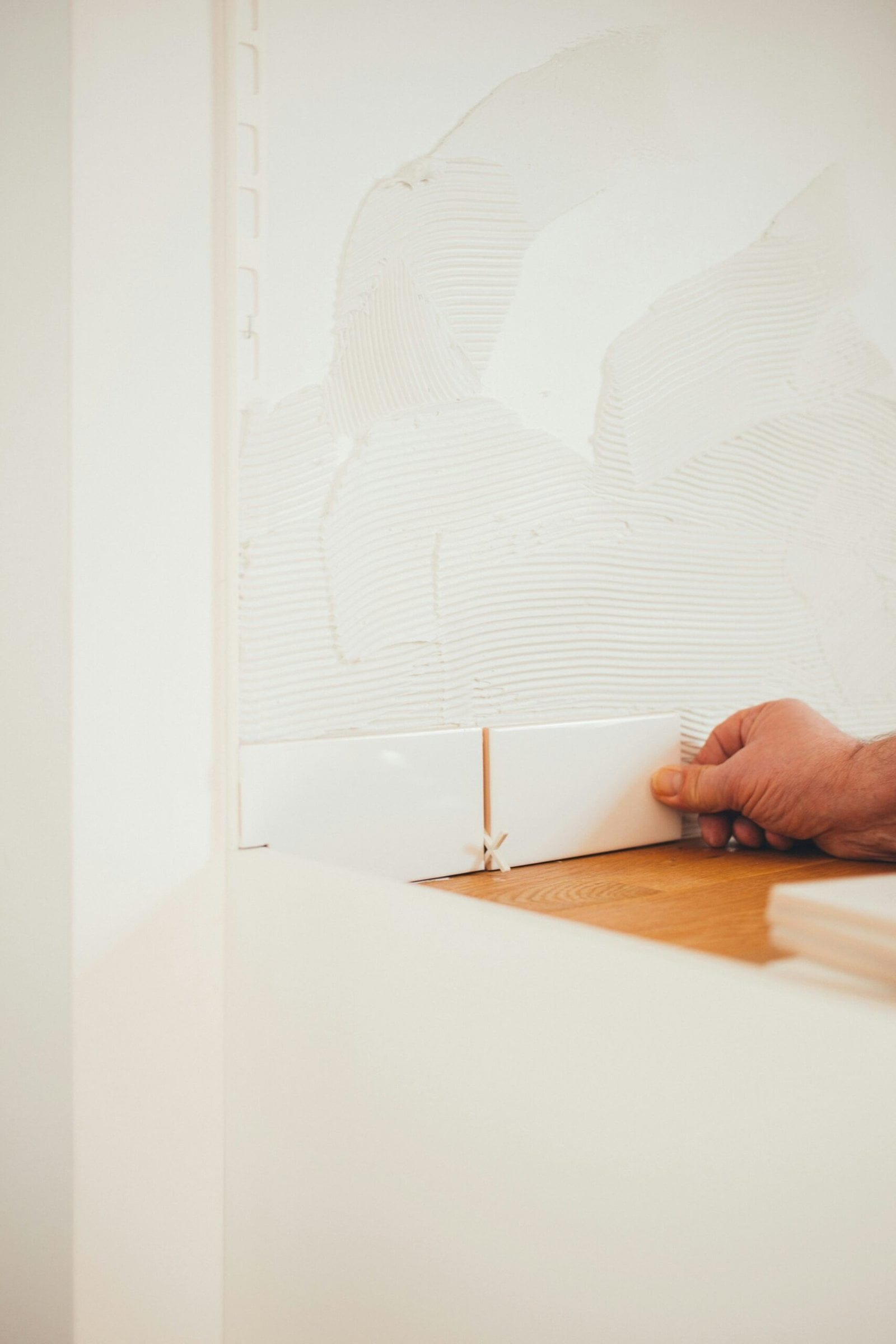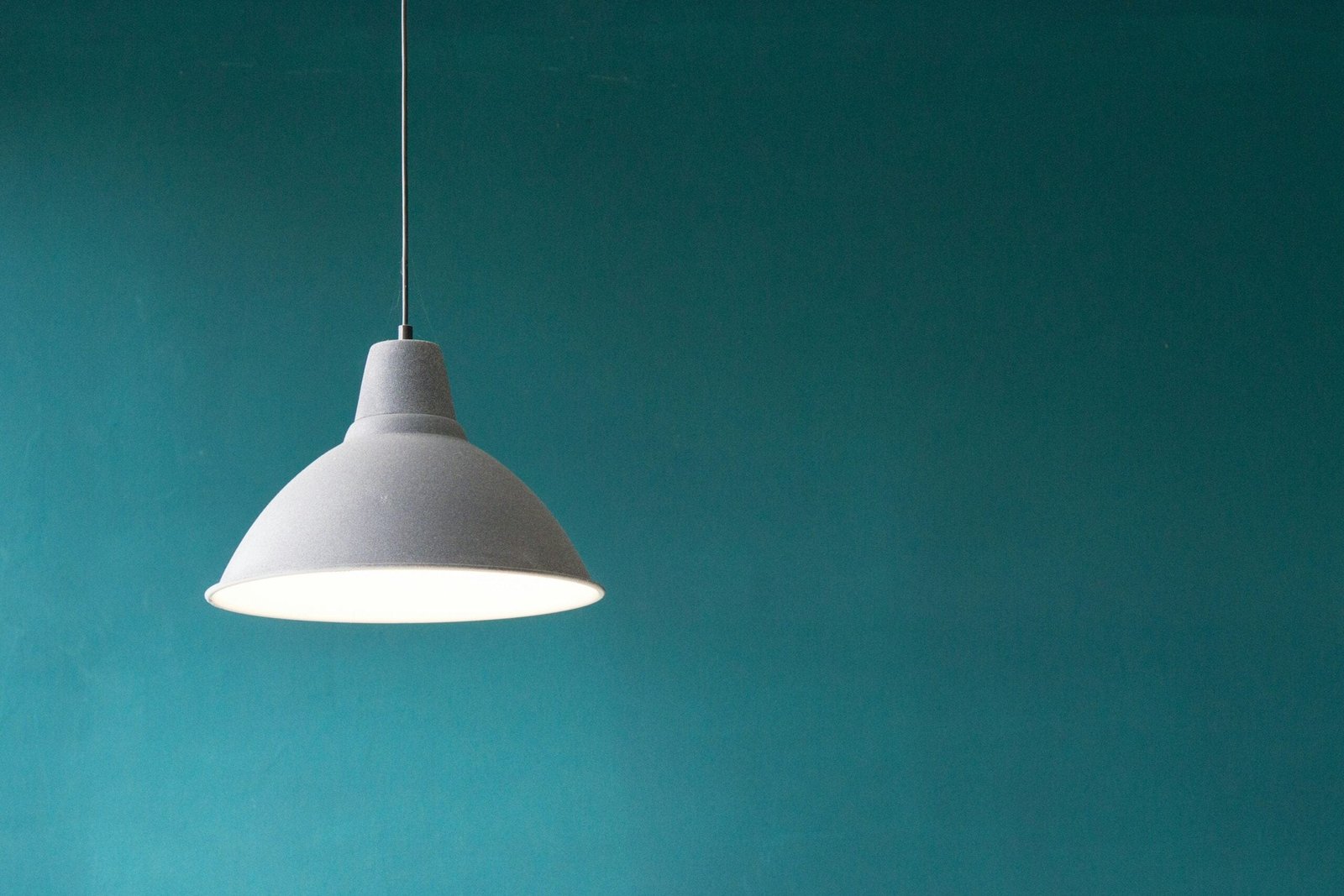Understanding Your Space: Measurements and Layout
Accurate measurement is the cornerstone of any successful tiling project. To begin, gather essential tools: a tape measure, a notepad, and a pen. Accurate notes are crucial to ensure you don’t miss any detail that could affect the quantity of tiles needed.

Please, read our post and do not forget to check our YouTube channel “Grig Stamate”:
https://www.youtube.com/@GrigStamate
You will find there, thousands of designing, furnishing, and decorating ideas for your home interior and outdoors.
Allow me to mention one of them:
Modern Bathrooms | Interior Design Ideas #7 (video)
First, measure the length and width of the area to be tiled. For rectangular or square spaces, this is straightforward. For example, if your floor’s length is 15 feet and the width is 10 feet, multiply these figures to get the total square footage: 15 x 10 = 150 square feet. This calculation is vital for determining how many tiles you’ll need.
However, most rooms are not perfect rectangles. They often feature alcoves, doorways, and built-in furniture that can complicate the layout. For areas with alcoves or additional sections, break the space into smaller, more manageable rectangles, measure each separately, and then add these areas together to get the total square footage. For instance, if an alcove measures 3 feet by 2 feet, its area will be 6 square feet. Add this to your main area to get the total measurement.
Doorways and built-in furniture present unique challenges. Exclude these areas from your calculations. Measure around these features and subtract their square footage from the total. For example, if a built-in wardrobe occupies 4 square feet, subtract this from your previously calculated total.
Keeping an accurate record of your measurements will not only help you calculate the number of tiles needed but also assist in purchasing the correct amount of adhesive and grout. Ensuring precise measurements from the outset will save time and reduce the risk of underestimating or overestimating the materials required for your interior project.
Choosing the Right Tile Size and Type
When embarking on an interior tiling project, selecting the appropriate tile size and type is crucial for both the aesthetic appeal and functionality of the space. Tiles come in various sizes, ranging from small mosaics to large format tiles, each bringing its unique character to a room. For example, large tiles can make a space appear larger and more open, whereas smaller tiles can add intricate detail and texture.
The material of the tile also plays a significant role in the overall look and durability of the project. Ceramic tiles are a popular choice due to their affordability and wide range of designs. They are suitable for most indoor applications but may not be as durable as other materials. Porcelain tiles, on the other hand, are denser and more resistant to moisture, making them ideal for high-traffic areas and wet environments like bathrooms and kitchens. Natural stone tiles, such as marble, granite, and slate, offer a unique and luxurious appearance but often come with higher costs and maintenance requirements.
When calculating the number of tiles needed for your project, you must consider both the tile size and the total square footage of the area to be covered. Start by measuring the length and width of the space and multiply these dimensions to obtain the total square footage. For instance, if a room is 10 feet by 12 feet, the total area would be 120 square feet. Next, determine the size of the tiles you plan to use. If you opt for 12×12 inch tiles, each tile will cover one square foot. Therefore, you would need 120 tiles to cover the entire area. It is advisable to add an extra 10-15% to your total quantity to account for cuts, breakages, and future repairs.
In summary, carefully choosing the right tile size and material can significantly impact the success of your interior project. By understanding the characteristics and benefits of various tile types, you can make an informed decision that enhances both the beauty and functionality of your space.
Accounting for Waste and Breakage
When embarking on an interior tiling project, it is essential to account for potential waste and breakage. Ordering extra tiles is a precautionary measure that can save you time and effort in the long run. The amount of extra tiles you should order generally ranges from 10% to 20% of the total calculated quantity. This percentage can vary depending on the complexity of your layout and the type of tile material you are using.
For straightforward, simple layouts, a 10% overage is usually sufficient. However, for more intricate patterns or layouts involving numerous cuts and angles, increasing your overage to 15% or even 20% is advisable. Additionally, certain tile materials, like natural stone, are more prone to breakage during installation, necessitating a higher percentage of extra tiles.
Proper handling and storage of the extra tiles are equally important to prevent them from getting damaged. Store the tiles in a cool, dry place, preferably in the original packaging. Avoid stacking them too high, as the weight can cause breakage. Keeping them in a secure area will also ensure they remain in good condition for future repairs or replacements.
Moreover, having extra tiles on hand allows for seamless repairs should any tiles get damaged over time. It is often challenging to find matching tiles years later due to changes in production batches or discontinuation of specific styles. By planning ahead and ordering sufficient extra tiles, you ensure that your tiling project remains consistent and visually appealing, even after any necessary repairs.
In summary, accounting for waste and breakage is a critical step in any tiling project. By ordering an appropriate amount of extra tiles and storing them properly, you can safeguard against unforeseen issues and maintain the integrity of your interior design for years to come.
Finalizing Your Tile Quantity Calculation
After gathering all the necessary measurements and taking into account various factors, it is crucial to finalize your tile quantity calculation accurately. To assist you through this process, here is a comprehensive step-by-step checklist:
1. **Review Measurements**: Double-check all your measurements. Ensure that the length and width of each area to be tiled have been recorded correctly. Consider re-measuring if there is any uncertainty.
2. **Calculate Total Area**: Add up the square footage of all the areas to be tiled. This will give you the total area that needs coverage.
3. **Include Waste and Breakage**: Factor in an additional 10-15% of tiles to account for waste, breakage, and future repairs. This is particularly important for complex patterns or diagonal installations where more cuts are required.
4. **Verify Pattern and Layout**: If you are planning a specific tile pattern or layout, ensure that the pattern does not require more tiles than your initial calculation. Some patterns, such as herringbone or diagonal layouts, may require additional tiles.
5. **Consult with a Professional**: If you have any doubts or require validation of your calculations, it is advisable to consult with a professional. An experienced tile installer or supplier can provide valuable insights and confirm your tile quantity requirements.
6. **Order from the Same Batch**: When placing your tile order, ensure that all tiles come from the same batch. This is essential to maintain color and texture consistency throughout your project. Differences in batches can result in slight variations in shade and finish, which may be noticeable once installed.
7. **Place Your Order**: With all factors considered and measurements verified, proceed to place your order with a reputable tile supplier. Ensure that all details, including the type of tile, quantity, and batch number, are clearly communicated to avoid any discrepancies.
By carefully following these steps, you can ensure that your tile quantity calculation is accurate and that your interior project proceeds smoothly. Proper planning and attention to detail will help you achieve a professional and aesthetically pleasing result.
Other related posts from our website:
Thank you so much for your attention.
Stay tuned. We will upload many other amazing posts to our website and videos onto our YouTube channel.
Thank you so much.
for your time and attention.
Best Regards
See you to another post,
Bye, Bye


